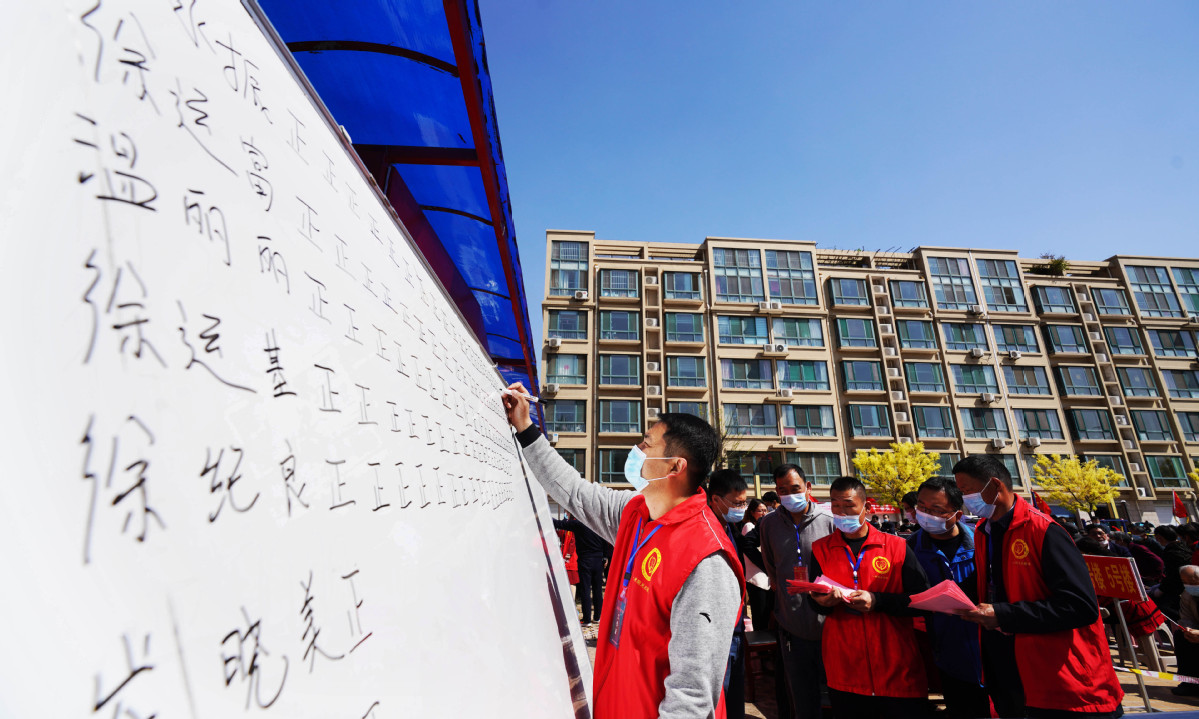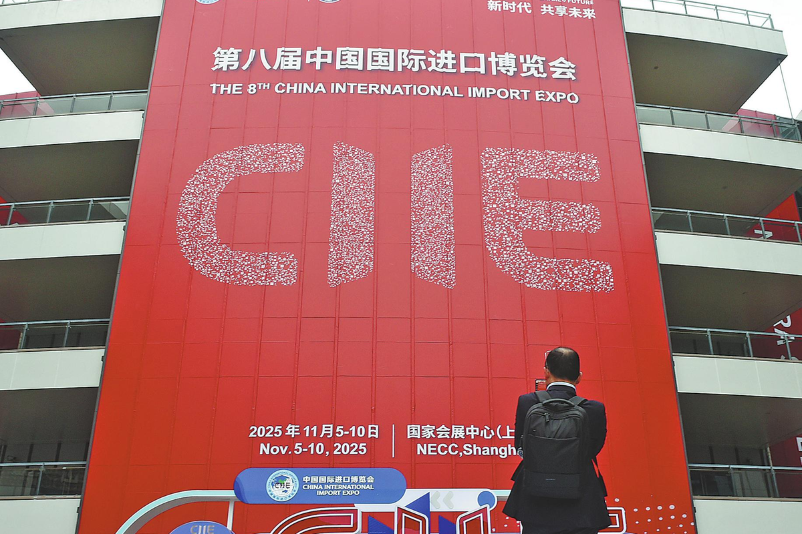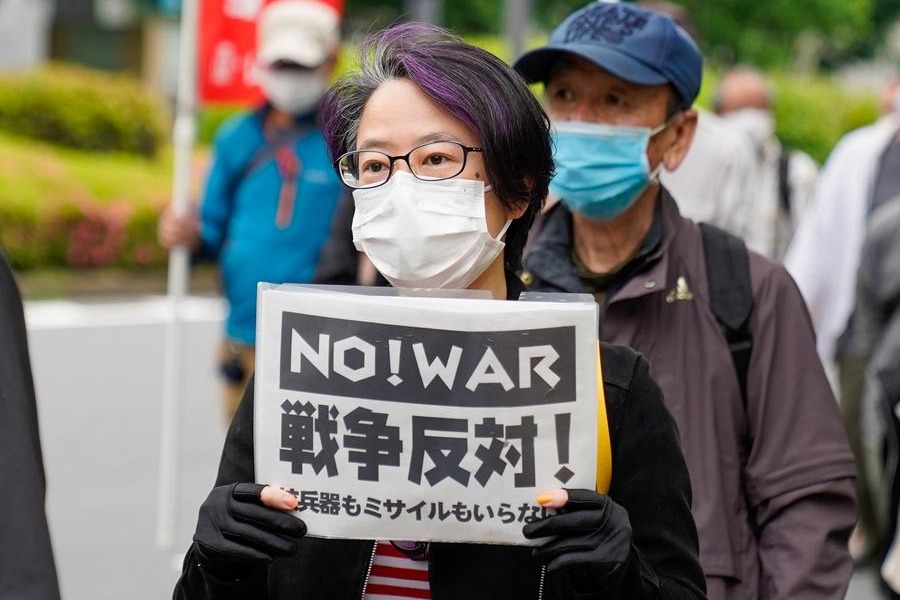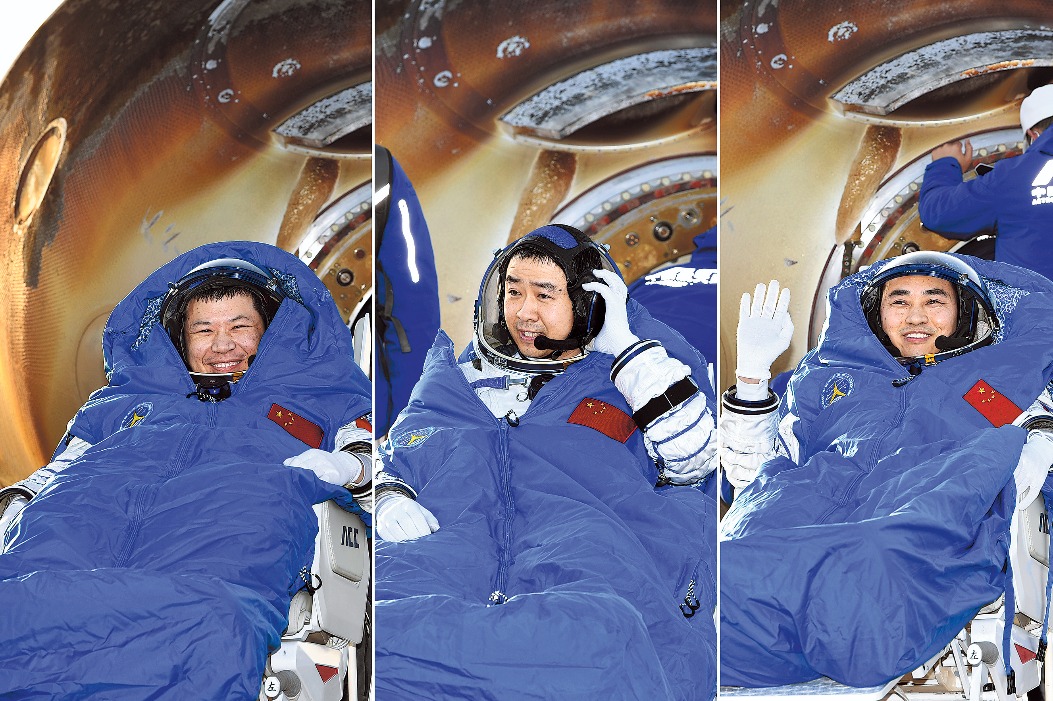Voices heard under united front work


Longtime cooperation
There are two historic occasions when the CPC and the Kuomintang cooperated for a common goal: the toppling of the warlord-led Beiyang government; the hard-won victory in the War of Resistance against Japanese Aggression (1931-45).
Zhang Xiansheng, former director of the research office of the United Front Work Department of the CPC Central Committee, said in a video lecture that even though the CPC and KMT cooperated, they didn't have the support of an institution.
This was achieved when the CPC and non-Communist parties worked together to convene the first plenary session of the CPPCC National Committee. The CPPCC went on to become an important organ for multiparty cooperation with political consultation at its core.
On May 1, 1948, Mao Zedong wrote to the leaders of the non-Communist parties, calling on them to attend a political consultative conference to build the New China together. Eight parties expressed their support and accepted the CPC taking the lead.
The leaders gathered in Beijing in September 1949 to hold the first meeting of the CPPCC, and to prepare for the founding of the People's Republic of China. Issues such as deciding the location of the capital city, the national flag and the national anthem were discussed.
Wang said, "The eight parties in China's political party system have traditionally supported and followed the CPC since the revolutionary time."
The basic principle of such cooperation is "long-term coexistence, mutual supervision, sincere treatment of each other and the sharing of weal and woe", Wang said.
Membership of the eight non-Communist parties reached nearly 1.3 million at the end of 2020. Their members are intellectuals and elites from various fields. Each party has its own interests, with the majority of members from one field, such as education, science and technology, health and environment, Wang said.
Their collaboration can be seen in many designs in the CPPCC auditorium. The eight-petal peony-shaped ceiling lamp and the eight columns standing on both sides of a meeting room, both symbolize the non-Communist parties, who are striving together for the common national goals under the leadership of the CPC.
























